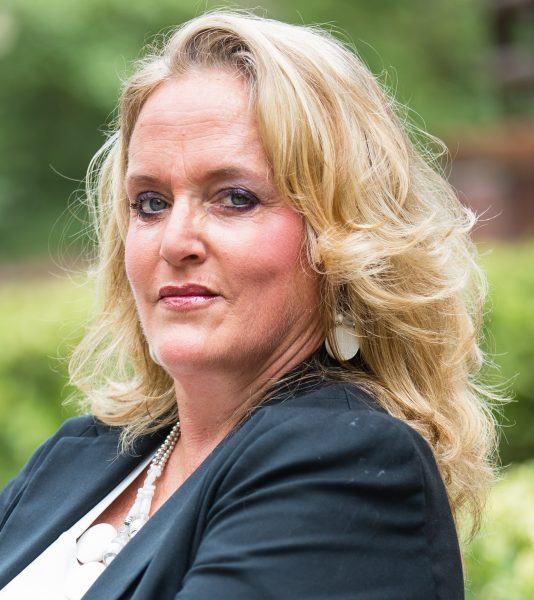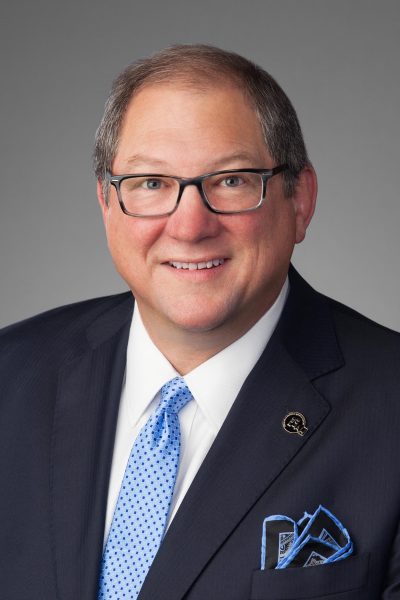Results For Articles or Consultants
Underwriting - P&C
I serve as the Principal of Insurance Claims and Litigation Consultants, LLC, a firm that provides expert witness services and testimony on claims and lawsuits involving insurance coverage, bad faith, underwriting, agent-broker liability, regulatory issues and good faith claims handling practices. I also provide consultation and oversight of pre-suit and litigated coverage matters that potentially…
Social media claims against individuals are increasing, yet insurance coverage
for individuals for such claims is rarely available unless the insured has a personal
injury endorsement to the standard homeowners policy or the insured has an
umbrella policy, or the rare company-specific insurer includes such coverage. This
suggests a market opportunity to provide this coverage. Underwriting this exposure
will likely require examining social media as a new rate factor. Obtaining relevant
information on this and showing predictive indicators is one challenge, particularly
where social media use liability might be correlated with other factors, including
other external data. Such factors will have to be approved by state insurance
regulators and shown to be reliable and not unfairly discriminatory. This will likely
open these factors to underwrite other coverages and policies, even if not approved
or reliable. Some social media use might actually be a business pursuit, thus
requiring this added coverage. A media liability policy crafted for the new exposure
might be more effective to provide coverage if underwriting the factors can be
regulated.
Brenda Powell Wells holds both a Bachelor of Business Administration and a Ph.D. in Risk Management and Insurance from the University of Georgia. She holds the Chartered Property and Casualty Underwriter (CPCU), Accredited Advisor of Insurance (AAI) and Construction Risk Insurance Specialist (CRIS) designations. She also holds a graduate certificate in Business Analytics from East…
6. The insurance application process now requires more attention.
There was a time, in the not too distant past, when most applications for property and casualty insurance did not require the signature of the insurance buyer. Agents routinely completed applications and underwriters readily accepted them without anyone’s signature on the application. This custom and practice is no more. Insurance applications have become more than just tools to gather underwriting information to determine the eligibility of the applicant for coverage and for premium determination purposes. The necessity for thoroughness and precision has greatly increased. It is more than appropriate and appreciated by the underwriter for the applicant to provide supplemental answers and explanations along with the standardized application. These relatively recent changes in the usual and customary practices of making an application for insurance can make the difference between having a claim covered and not having it covered. An ambiguity or misunderstanding can become an allegation of misrepresentation, which can lead to no coverage at all, rather than just a possible increase in premiums. Policy rescission and voiding policies ab initio are on the rise, along with underwriters using application information as “Warrants” thereby making the application a part of the policy (which has always been the case with life insurance policy applications).
These developments make providing accurate information to underwriters more than just important. Accurate information becomes the basis for the existence of the contract itself and adds an increased threshold to the concept of “utmost good-¬‐faith” which is the traditional basis of all insurance relationships. However, “utmost good-¬‐faith” is a two-¬‐way street. Insurance companies sometimes attempt to deny coverage based on conditions and exclusions that are not, and never were intended, appropriate to the situation or the claim at hand. Some prohibitions were intended to exclude coverage because the hazard is better transferred by another type of policy, not to be used to exclude an otherwise covered claim. This type of unfair claims settlement practice is rare and usually caused by poor attention to detail in the filing of a claim and/or inexperienced claims adjusters. The insurance buyer needs to be equally diligent and vigilant as to the accuracy of applications of insurance and in the filing of a claim under an insurance policy.
Lesson: Insurance applications are more important than they once were. Plan and prepare in a careful, thorough manner before submitting an application for insurance or filing a claim.





